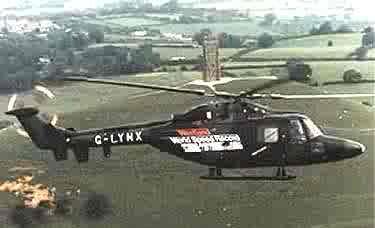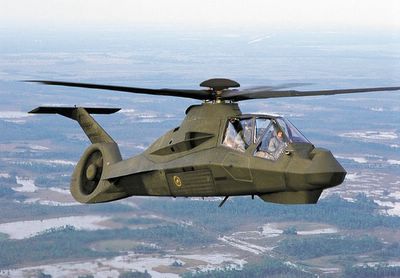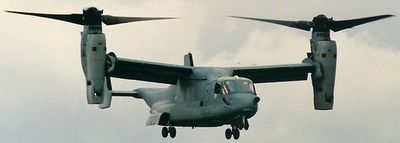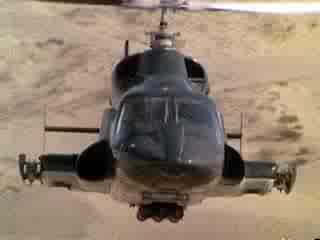Let me look at that loadsheet again
Ever wondered what the world record is for the maximum number of passengers on a single flight?
It is not a well known fact but the Israeli airline El Al and Australia's Qantas have an unusual connection. They have both held the above mentioned record. Both records were obtained under the most extraordinary of circumstances.
1. Cyclone Tracy
On Christmas Eve 1974 Cyclone Tracy devastated the city of Darwin in northern Australia. It killed around 50 people and either destroyed or severely damaged 70% of the buildings in the city. All essential services such as communication, water, power were disabled and the threat of disease and starvation loomed. The government decided to act swiftly and ordered a mass evacation. Over the course of the following week in a combined effort by the Australian Air Force and national airlines almost 25,000 people were evacuated from Darwin.
During the airlift a Boeing 747-200 operated by Qantas set a new world record by transporting 673 passengers on a single flight from Darwin to Sydney. The passengers were mainly women and children (2 per seat in several cases). This record was eventually dwarfed by another jumbo jet.
2.Operation Solomon
In 1991 a disaster of a different nature prompted yet another dramatic airlift. The government of Ethiopia came under increasing pressure from rebel forces that eventually resulted in the downfall of the capital Addis Ababa. As the civil war raged the Israeli government fearing for the safety of the Jewish population organised a daring rescue operation. On 24th May 1991 the Israeli Air Force and El Al commenced a massive airlift operation. A fleet comprising of 34 Boeing 747 jumbo jets (seats removed to increase space) and Hercules C130s managed to evacuate over 14,000 Ethiopian Jews from Addis Ababa in less than 36 hours.
During the evacuation an El Al B747-200 aircraft transported 1087 passengers in one single flight (apparently a baby was born on board bringing the total to 1088). The lack of seats and obvious suspension of normal safety considerations made such a flight possible. To this day this is the maximum number of passengers ever transported on a single flight and El Al has the honour of holding this unusual world record.
It is not a well known fact but the Israeli airline El Al and Australia's Qantas have an unusual connection. They have both held the above mentioned record. Both records were obtained under the most extraordinary of circumstances.
1. Cyclone Tracy
On Christmas Eve 1974 Cyclone Tracy devastated the city of Darwin in northern Australia. It killed around 50 people and either destroyed or severely damaged 70% of the buildings in the city. All essential services such as communication, water, power were disabled and the threat of disease and starvation loomed. The government decided to act swiftly and ordered a mass evacation. Over the course of the following week in a combined effort by the Australian Air Force and national airlines almost 25,000 people were evacuated from Darwin.
During the airlift a Boeing 747-200 operated by Qantas set a new world record by transporting 673 passengers on a single flight from Darwin to Sydney. The passengers were mainly women and children (2 per seat in several cases). This record was eventually dwarfed by another jumbo jet.
2.Operation Solomon
In 1991 a disaster of a different nature prompted yet another dramatic airlift. The government of Ethiopia came under increasing pressure from rebel forces that eventually resulted in the downfall of the capital Addis Ababa. As the civil war raged the Israeli government fearing for the safety of the Jewish population organised a daring rescue operation. On 24th May 1991 the Israeli Air Force and El Al commenced a massive airlift operation. A fleet comprising of 34 Boeing 747 jumbo jets (seats removed to increase space) and Hercules C130s managed to evacuate over 14,000 Ethiopian Jews from Addis Ababa in less than 36 hours.
During the evacuation an El Al B747-200 aircraft transported 1087 passengers in one single flight (apparently a baby was born on board bringing the total to 1088). The lack of seats and obvious suspension of normal safety considerations made such a flight possible. To this day this is the maximum number of passengers ever transported on a single flight and El Al has the honour of holding this unusual world record.




















